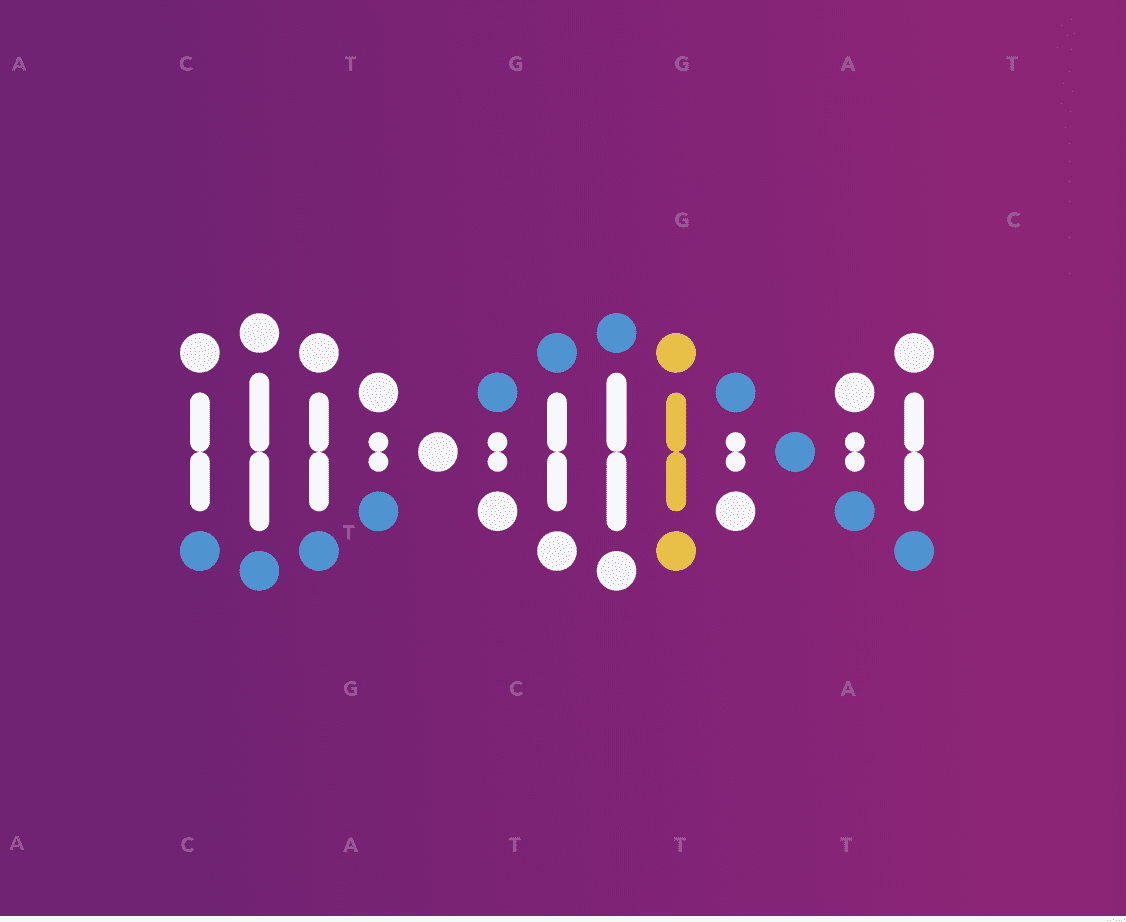A study by scientists from 23andMe’s Therapeutics team offers new insights into the structural properties of nanobodies, a type of antibody but with a different structure and shape making them much more adaptable for drug development. The findings from this new study could help in developing targeted therapies, new treatments, and new diagnostic tools.
“By combining 3D structural information of antibodies with the genetic information we gained a unique insight on how the immune system functions to generate nanobodies,” said Patrick Koenig, director in 23andMe Therapeutics’ Antibody & Protein Engineering team and lead author of the study. “We believe using this deeper understanding will help us to generate better nanobody-based drugs faster.”
First Line of Defense
Antibodies, produced in B-cells, are our bodies’ first line of defense against disease. They attack infection, or malignant growths. These and other foreign invaders, known as antigens, trigger an immune response and the production of antibodies that defend against them.
Drug hunters have long enlisted antibodies in their search for new treatments and diagnostics for disease. The quest for scientists is to help our bodies create antibodies that target specific cancers, diseases, or infections, while leaving healthy cells alone.
Camels, Llamas and Alpacas
For more than three decades drug hunters have leaned heavily on an unlikely ally in this effort, camelids — camels, llamas, and alpacas — as part of this quest for new targeted therapies. These animals, and a few others, produce slightly different types of antibodies.
Camelids produce antibodies that are smaller — hence the name nanobodies — and have a different shape. The distinctive shape is described in their name single-variable, heavy chain-only antibodies. They are also known as VHH antibodies or nanobodies, but the long name is a reference to their shape and size. That difference in shape and size — especially at the distinctive Y-shaped tips of these nanobodies — makes them much more adaptable. Nanobodies more easily fit and bind to proteins that block viruses and other invaders from infecting cells in the body.
In 2019 the FDA approved the first treatment developed from a nanobody for use against a rare blood disorder.
Kinked and Extended
The VHH nanobodies can be grouped into two types based on their 3D shape. One has a distinctive kinked end, the other has an extended end. Understanding the structure of these nanobodies — why they are shaped the way they are, and the process involved in how they are formed — could help scientists engineer nanobodies with improved characteristics tailored to fight against certain diseases.
The study was published in the journal Communication Biology. The research, completed by scientists in 23andMe’s Therapeutics team, offers insights into how the different shapes of nanobodies are formed. It also illustrated how those nanobodies interact differently with antigen to perform their binding function. The study indicates that the structure of these nanobodies are not random but rather the result of specific selection processes during B-cell development in the immune response.
Learn more about the work of 23andMe Therapeutics here.

